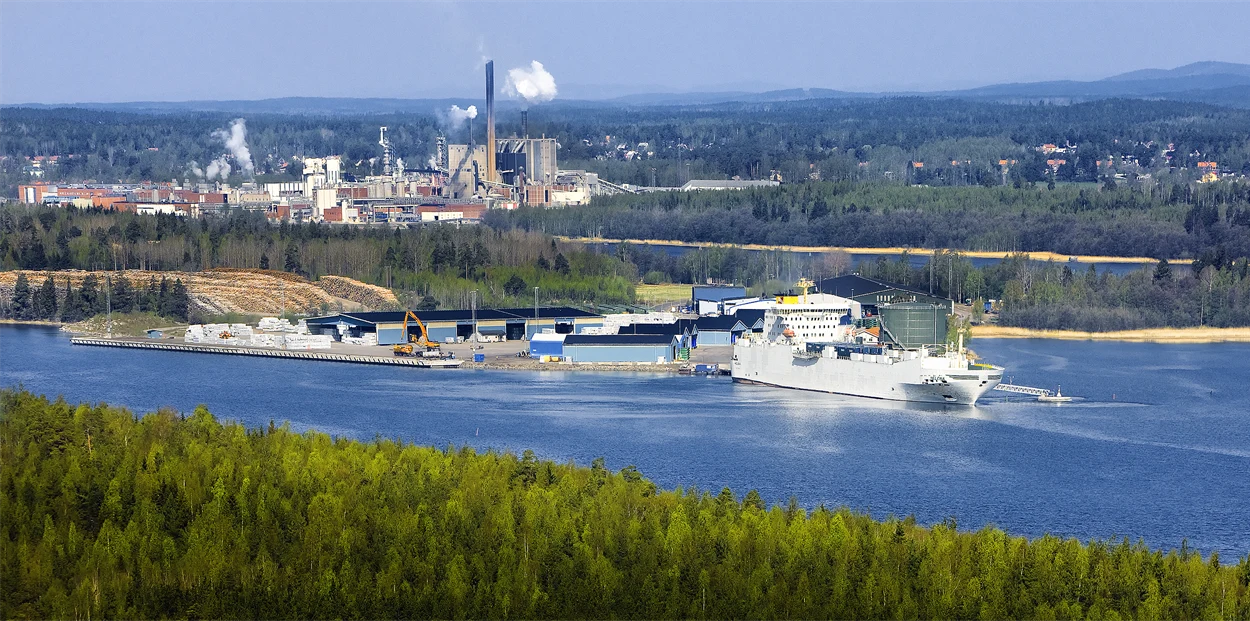Holmen Iggesund is a multinational paper company serving customers all around the globe. We have people on the ground in all major markets and a web of service stations on strategic sites. All in order to be able to deliver to demanding customers swiftly, no matter if the destination is Yokohama, Madrid, or Toronto.
But today people are correctly looking at the big picture when sourcing packaging material. Aside from technical specifications and delivery times, sustainability has become a real market driver. In this process, many have started to question the logic of using a paperboard from Scandinavia when their production is located in the Americas or in the Far East.
Together with the transport consulting system Ecotransit World, Holmen Iggesund set out to get hard facts on how transport affects the total carbon dioxide load of our Invercote paperboard. This is what we learned:
Transportation of Invercote from Iggesund, Sweden, to Tokyo almost doubles the carbon dioxide emissions, the carbon footprint, of the product. Simply put we went from ~200kg CO2 per tonne of paperboard to almost 400kg. Seems like shopping locally really is much better.
But there is a catch!
Official figures from the Japanese Paper Industry Association show that the average figure for Japanese paper is almost 800kg. Double that of Invercote despite the long travel. Using Invercote saves 50% of the carbon dioxide compared to using local paperboard.
How is this possible?
- The Invercote production is almost 100% powered by biofuels from the forest minimizing the about of fossil CO2 emitted from the mill.
- The small part of electricity that is bought from the national Swedish grid contains practically no fossil energy.
- The Iggesund mill has worked with energy efficiency activities for decades and today it has a total energy footprint significantly lower than almost all other paper mills.
Together these three points make the carbon footprint of Invercote extremely low, so low that even if it is doubled by transport, it still is much better for our environment than anything domestically produced on other markets.
Are we satisfied with this?
There is still much more to do. We need to put more pressure on our transport partners to improve and we need to continue to work with innovation in production to get rid of the last gallons of fossil oil.
All this said I have so far only compared to other paper materials. If you replace plastic packaging with a paperboard box made of Invercote you easily can save more than 90% of the CO2, but that is a story for another time.
But if you can’t wait to learn more about the benefits of using Invercote paperboard to replace plastic packaging, you can do so here.
Created 26 March, 2018.


